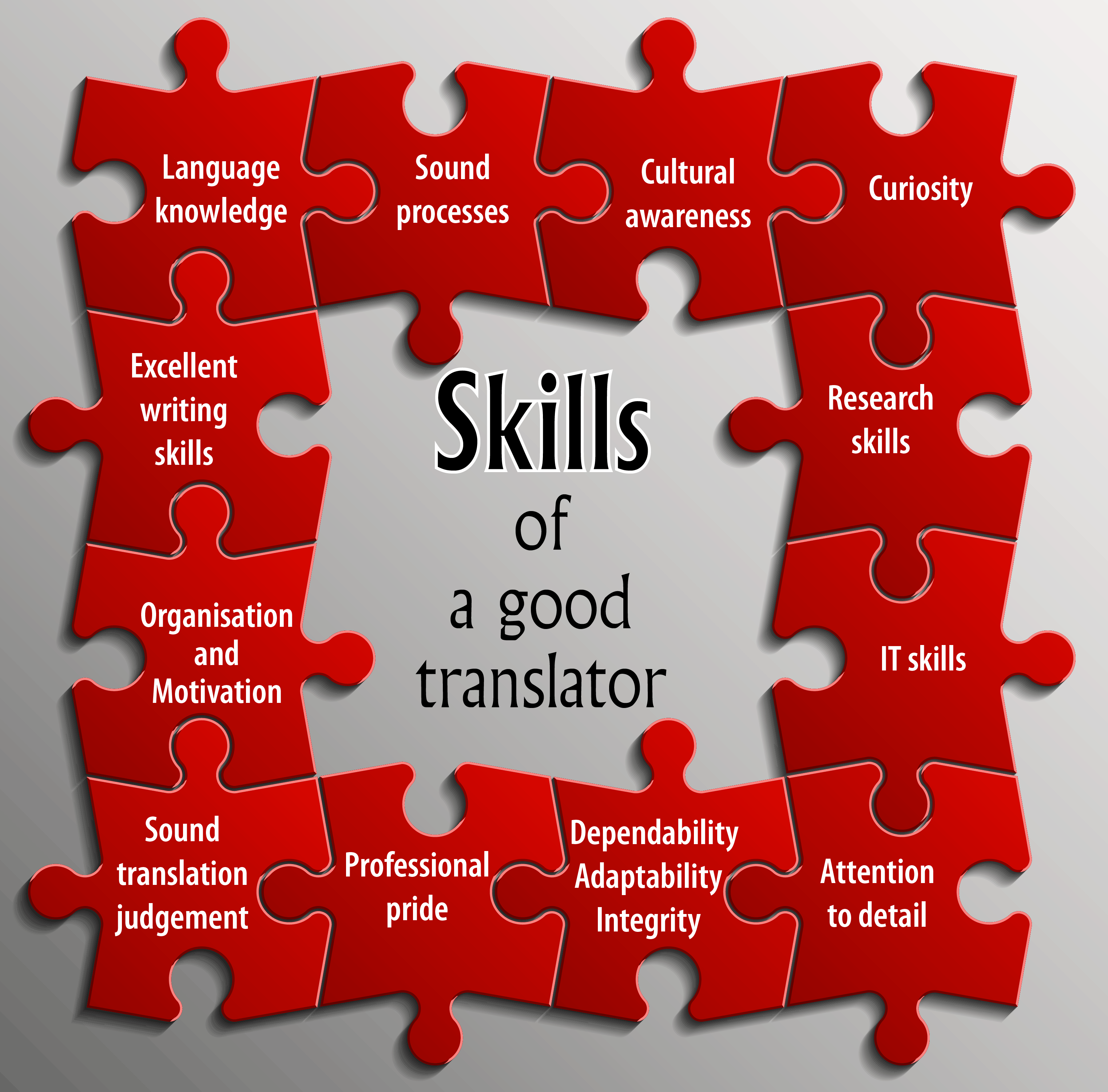When clients want recorded materials translated, such as audio and video files, there are various methods we can use.
These will produce different levels of accuracy (translation quality), and vary considerably in time and cost.
It’s therefore important we understand what information you require from the recording and how you’re going to use the translation we provide.
We can then choose the most cost-effective and efficient process for your needs.
Here are three common scenarios.
1. You want to know broadly what the audio/video is about
Our translator can listen to the audio / watch the video, identify the key points and provide a summary or overview. This is fast and low cost.
2. You only want certain information from the recording
We can identify the relevant sections and provide you with a translation of these, or a summary of what is said. Or you can phrase specific questions we can answer. This is very cost-effective as we’re only working on what you need.
3. You need a precise and accurate translation of the recording, or part of it
As 100% accuracy is paramount, we need to first transcribe, then translate the relevant parts – see section below. This is much more work, and unavoidably more time consuming and more expensive.
Key features of our video and audio translation services
- With over 20 years’ experience in translating recorded materials, we can advise you on the best and most cost-effective method for your needs.
- Our proven processes and experienced translators mean we can meet a wide range of specific requirements.
- We translate recorded materials in over 80 languages.
Like a quote for an audio or video translation?
Call us to discuss on 0508 872 675, or
e-mail us your file or link.
We’ll get right back to you.
Best practice for a full and accurate audio translation
When a full and completely accurate translation is required, the first step is to transcribe the recording. This involves typing up exactly what is said in the language it is spoken in.
The translation is then completed from this written transcription.
Our process is to use two translators.
The first transcribes the text from the source file, the second then checks the accuracy of this transcription.
When this is completed, the second translator will proceed with a translation of this transcription. The transcriber then reviews this translation for accuracy, and the two agree on final wording.
This multi-step method produces by far the highest level of both transcription and translation accuracy. It is needed to produce the level of quality required and is recognised as best practice.
It’s the process for when your translation is for legal purposes, and in any other circumstances where 100% accuracy is essential.
We will provide you with both the transcription in the original language and our quality-assured translation.
Both documents can be certified and a translator’s affidavit provided if needed..
Why this process and why two translators?
Translation operates at word level, so we need to be able to discern and understand every word spoken.
This can be difficult, and indeed isn’t always possible. Recordings vary in quality dramatically due to factors like volume, speaker clarity, background noise and interference.
In practice, two linguists working together to decipher what is said, and responding to each other’s interpretations, produces a much more accurate transcription. And therefore a much more accurate final translation.
The second translator review of the translation is also instrumental in picking up any inadvertent “human errors” in the translation, and therefore ensuring 100% accuracy.
Other audio translation options
If you need a full translation but not necessarily this level of accuracy, a faster and cheaper method can be used.
Option 1: A single linguist translates directly from the source file
That is, there is no separate transcription step.
This is a much more challenging task as it requires considerable additional mental processing. In practice it is very difficult to get everything 100% spot on doing it this way.
Clients need to accept there may be the odd thing the translator mishears or deciphers incorrectly, and the translation therefore won’t be completely accurate in those parts.
Without a transcription it will also be difficult for a third party to verify the translation’s accuracy.
If is an economical method where these limitations are acceptable.
Option 2: A single translator does the transcription and translation
Without a second linguist, this process lacks the “second ear” to help decipher unclear and hard to identify speech. And there is no “safety check” on the translation completed from the initial transcription.
The translation produced is the equivalent of our budget professional translation option, and suitable when the risk of minor inaccuracy is acceptable.
Option 3: A single linguist translates directly, second linguist reviews
This helps address the difficulties with the first option, as the second translator should pick up at least some of the inaccuracies from the first translator’s work.
But it’s still an inherently difficult task for both translators, and in practice things can still slip through.
That’s why we don’t recommend this process if the highest level of accuracy is required.
Don't need a video or audio translation just yet?
Then visit the PacTranz blog for highly informative and practical articles and videos to help you better navigate the world of translation. (8,000 viewers a month can't be wrong!)
Like this one:


